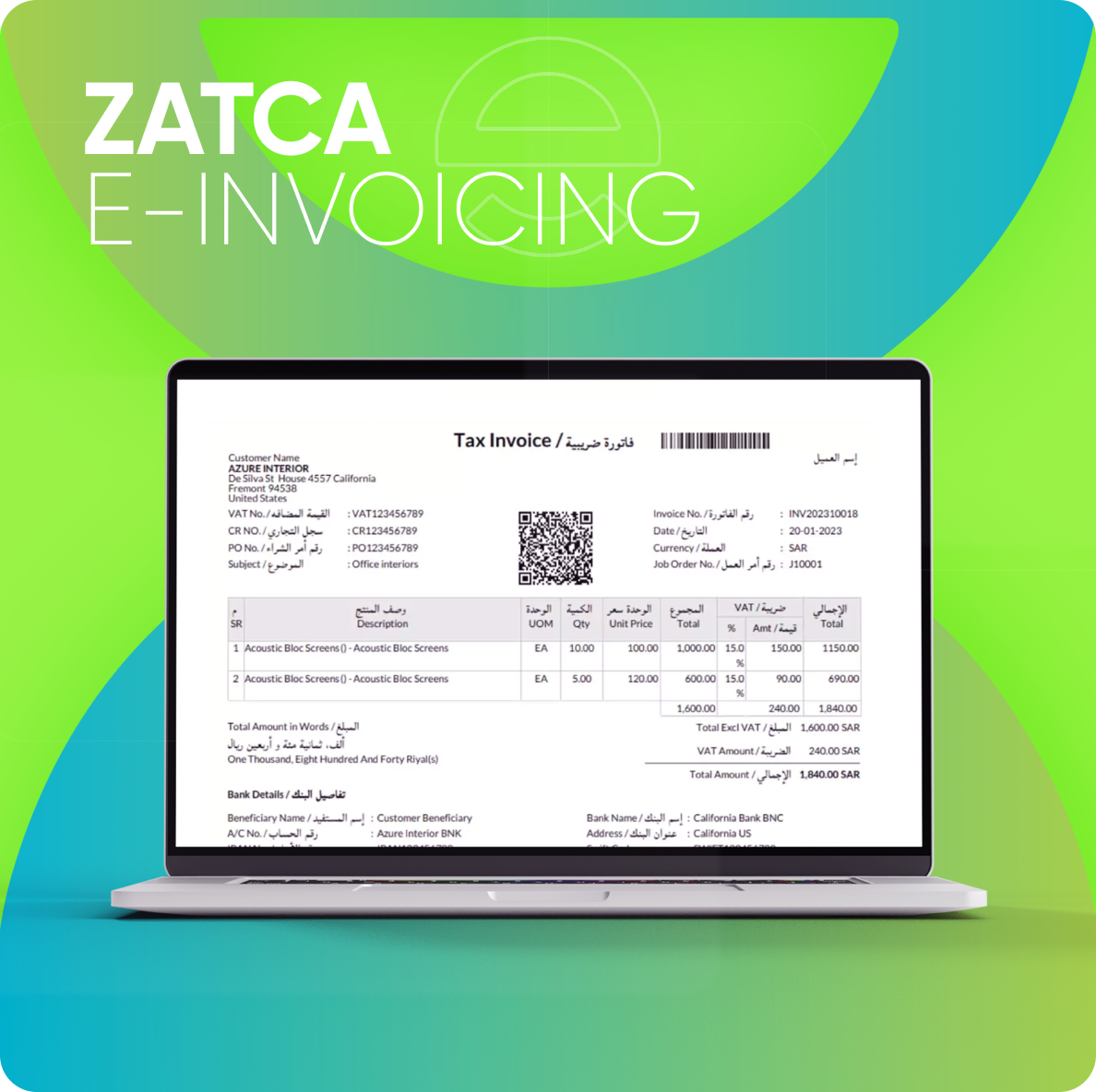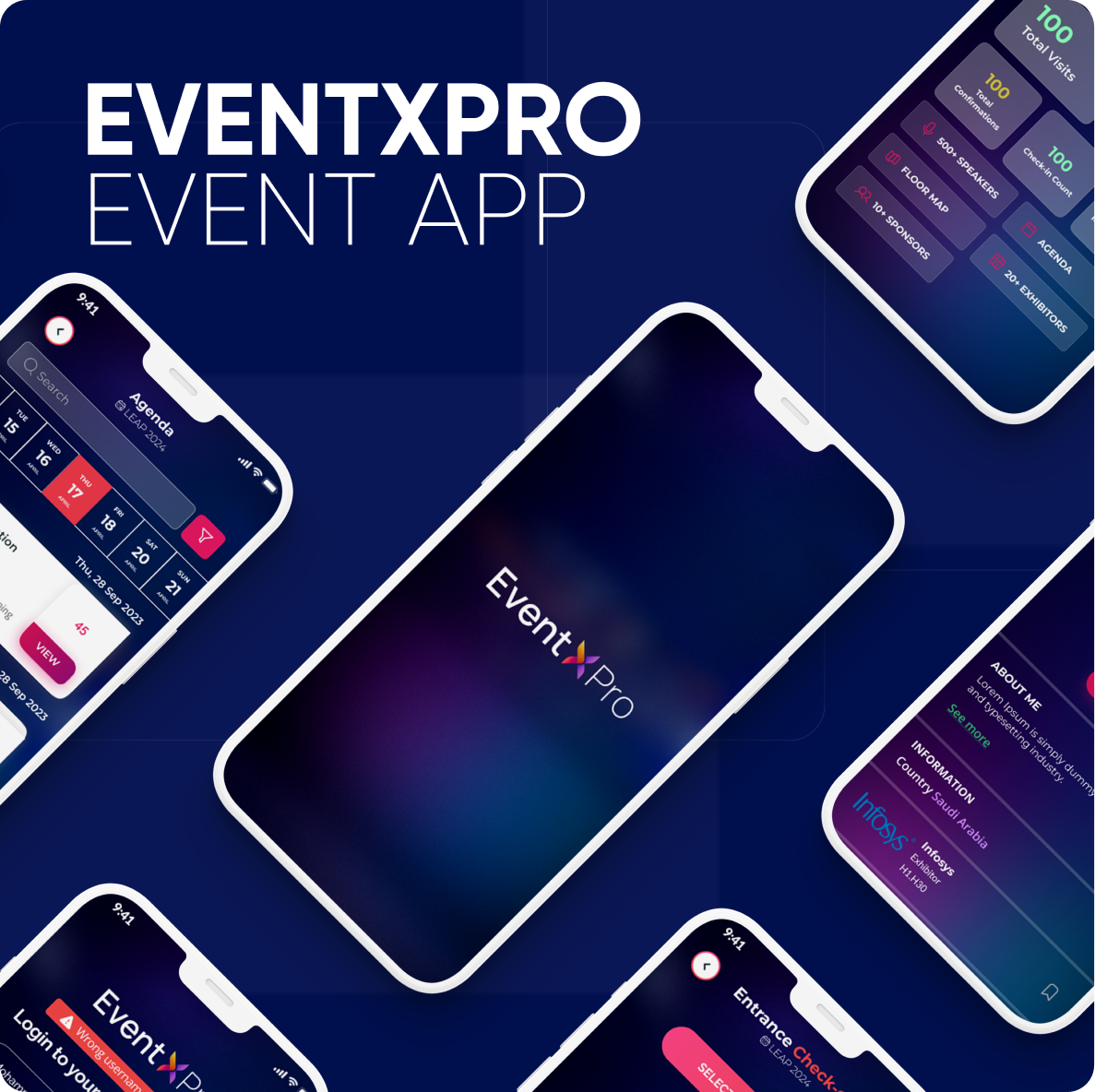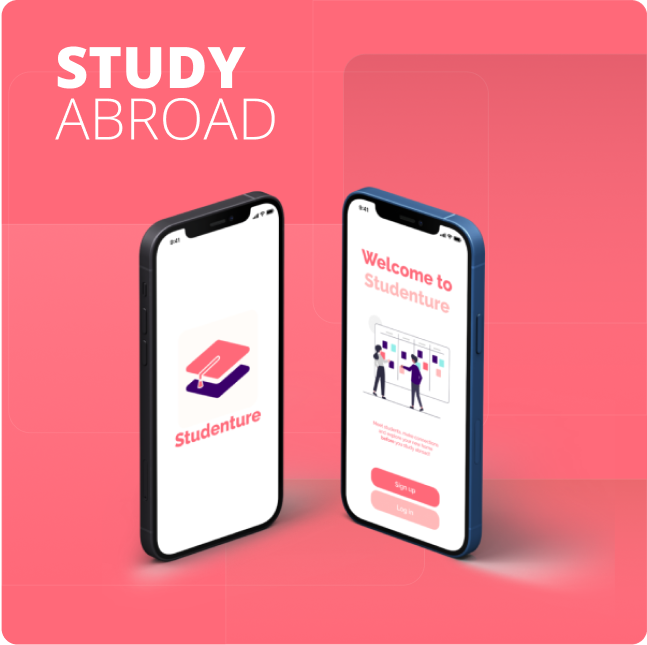1. Define Your Business Model and Vision
Start by clarifying your business concept and the market segment you aim to serve. This involves:
- Business-to-Business (B2B), Business-to-Consumer (B2C), or Consumer-to-Consumer (C2C): Identify which business model best suits your goals. B2B platforms focus on connecting businesses with other businesses, while B2C involves selling directly to consumers. C2C platforms enable peer-to-peer transactions.
- Unique Value Proposition (UVP): Determine what makes your platform unique. This could be competitive pricing, a specific product niche, an innovative marketplace model, or exceptional customer service.
- Revenue Model: Establish how you plan to generate revenue. Consider sales commissions, subscription fees, advertising, premium services, or a combination.
2. Conduct Market Research
Research is crucial for understanding your target audience and the competitive landscape. Key aspects include:
- Industry Trends: Stay informed about the latest trends in e-commerce, such as mobile commerce, personalization, and social commerce.
- Competitor Analysis: Examine existing e-commerce platforms to identify their strengths, weaknesses, and market positioning. This will help you find gaps to fill or opportunities to differentiate.
- Customer Needs and Preferences: Conduct surveys or focus groups to understand what your target users want from an e-commerce platform. Consider factors like product variety, ease of use, pricing, and customer support.
3. Design the User Experience
Creating a seamless user experience is critical to the success of your app. Focus on:
- User Journey Mapping: Outline the entire customer journey, from registration to checkout and after-sales support. Consider different user personas and how they will interact with the app.
- Wireframes and Prototypes: Create initial blueprints to visualize the app's layout and functionality. This helps identify potential design issues early on.
- User Interface (UI) and User Experience (UX) Design: Design an interface that's visually appealing and easy to navigate. Consistency in design elements, color schemes, and typography is essential.
4. Develop the Backend Infrastructure
The backend is the engine of your app. It must be scalable, secure, and robust. Key components include:
- Platform Architecture: Choose an architecture that can handle high traffic and large data volumes without compromising performance. Microservices and cloud-based solutions are common choices for scalability.
- Database Management: Design a database to store user information, product details, orders, and other critical data. Ensure it's optimized for fast retrieval and secure storage.
- APIs and Integrations: Build application programming interfaces (APIs) to facilitate communication between the frontend and backend, as well as with third-party services like payment gateways or logistics providers.
- Security Measures: Implement robust security features, including encryption, access controls, and regular security audits, to protect user data and transactions.
5. Develop the Frontend
The frontend is what users interact with, so it must be intuitive and responsive. Focus on:
- Cross-Platform Development: Ensure your app works seamlessly across different devices and operating systems. Consider developing native apps for iOS and Android, along with a responsive web version.
- E-commerce Features: Implement essential e-commerce features such as product search, shopping cart, payment integration, order tracking, user profiles, and customer reviews.
- Programming Languages and Frameworks: Choose suitable technologies for frontend development. Popular choices include React, Angular, or Vue.js for web development, and Swift or Kotlin for mobile apps.
6. Integrate Essential Features
To create a complete e-commerce experience, integrate these key features:
- Payment Gateways: Connect with popular payment gateways like PayPal, Stripe, or Square to enable secure transactions.
- Logistics and Shipping Integration: Partner with logistics providers to facilitate order fulfillment and tracking. This could involve direct integration with shipping companies or using third-party logistics platforms.
- Customer Support Tools: Implement customer support features like chatbots, helpdesk systems, and FAQs to assist users and resolve issues quickly.
- Analytics and Reporting: Set up analytics tools to track user behavior, sales trends, and other key metrics. This information will help you make data-driven decisions and optimize the platform.
7. Test and Deploy
Before launching, ensure your app is thoroughly tested and ready for production. This involves:
- Quality Assurance (QA): Conduct comprehensive testing to ensure the app is free of bugs and functions smoothly. Test for usability, performance, and security vulnerabilities.
- User Testing and Feedback: Gather feedback from beta users to identify areas for improvement and ensure the app meets user expectations.
- Deployment and Launch: Deploy the app to production servers and ensure a smooth launch. This includes coordinating with marketing teams for a successful launch campaign.
8. Launch and Marketing
Once your app is ready, focus on attracting users and building momentum. Key steps include:
- Marketing Strategy: Develop a comprehensive marketing plan, including digital marketing, social media campaigns, email marketing, and partnerships with influencers or other businesses.
- Customer Acquisition: Use promotions, discounts, or referral programs to attract initial users and encourage them to invite others.
- Continuous Improvement: Monitor user feedback and analytics to identify areas for ongoing improvement. Regularly update the app to address bugs, introduce new features, and enhance the user experience.
9. Legal Compliance and Partnerships
To operate legally and ethically, ensure compliance and build strategic partnerships. Focus on:
- Regulatory Compliance: Ensure your platform complies with relevant regulations, such as data protection laws, consumer rights, and e-commerce standards.
- Terms of Service and Privacy Policy: Draft clear and comprehensive terms of service and privacy policies to protect your business and inform users of their rights and obligations.
- Vendor Partnerships: Establish relationships with vendors and suppliers to ensure a steady supply of products and smooth operations.
- Expansion Plans: Plan for geographic expansion and adapt to local regulations, languages, and cultural nuances.
Get in Touch with Us
If you're looking to build an app like Alibaba, our app development company can help. We specialize in creating scalable and feature-rich e-commerce platforms. Our team has extensive experience in Mobile App Development. We can guide you through the entire process, from concept to launch and beyond.
Contact us to discuss your project and learn how we can turn your vision into reality. Whether you're building a new platform or expanding an existing one, we're ready to partner with you to create a successful e-commerce solution.
















Leave a comment